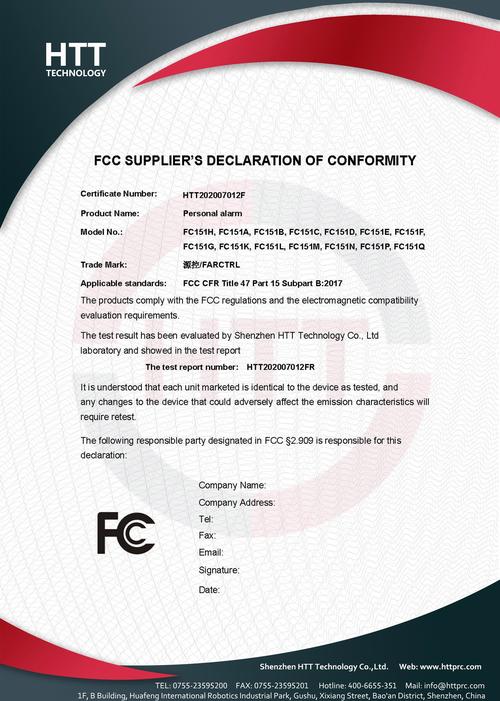
Assume the Statement: Dim Gr As Graphics
When you encounter the statement “Dim Gr As Graphics,” it’s a clear indication that you’re dealing with a programming context, most likely within the realm of Visual Basic or a similar language that supports graphics programming. Let’s delve into what this statement means, how it’s used, and its implications in various programming scenarios.
Understanding the Statement
The statement “Dim Gr As Graphics” is a declaration in a programming language that reserves a variable named ‘Gr’ to represent an object of the ‘Graphics’ class. The ‘Graphics’ class is a fundamental component in many programming environments, providing the ability to draw shapes, lines, and text on a form or a picture box.

Breaking down the statement, ‘Dim’ is a keyword used to declare a variable, ‘Gr’ is the name of the variable, and ‘As Graphics’ specifies the data type of the variable. In this case, the data type is ‘Graphics,’ which implies that ‘Gr’ will be used to interact with graphical elements.
Usage in Visual Basic .NET
In Visual Basic .NET, the ‘Graphics’ class is a part of the System.Drawing namespace. When you declare a variable as ‘Graphics,’ you’re essentially creating a canvas on which you can draw. Here’s an example of how you might use ‘Gr’ in a Visual Basic .NET application:
Dim gr As Graphicsgr = Graphics.FromImage(pictureBox1.Image)gr.FillRectangle(Brushes.Red, 10, 10, 100, 100)gr.Dispose()
In this example, ‘pictureBox1’ is a PictureBox control on a form. The ‘Graphics’ object is created by calling ‘Graphics.FromImage’ and passing the image from the PictureBox. The ‘FillRectangle’ method is then used to draw a red rectangle on the image. Finally, ‘Dispose’ is called to release any resources used by the ‘Graphics’ object.
Graphics Class Methods
The ‘Graphics’ class offers a wide range of methods for drawing various graphical elements. Here are some of the most commonly used methods:

| Method | Description |
|---|---|
| DrawLine | Draws a line between two points. |
| FillRectangle | Fills a rectangle with a specified brush. |
| DrawString | Draws text on the graphics surface. |
| DrawEllipse | Draws an ellipse. |
| DrawCurve | Draws a curve through a series of points. |
These methods provide the foundation for creating visually appealing applications. By combining these methods, you can create complex graphics and animations.
Graphics in Different Programming Languages
The ‘Graphics’ class is not exclusive to Visual Basic .NET. Many programming languages offer similar functionality through their own graphics libraries. For example:
- In Java, the ‘Graphics2D’ class provides similar capabilities to the ‘Graphics’ class in .NET.
- In C, the ‘Graphics’ class is also part of the System.Drawing namespace, similar to .NET.
- In Python, the ‘PIL’ (Python Imaging Library) or ‘Pillow’ libraries offer extensive support for image processing and graphics.
While the syntax and specific methods may vary, the underlying concept remains the same: using a ‘Graphics’ object to draw on a canvas.
Conclusion
Understanding the statement “Dim Gr As Graphics” is crucial for anyone working with graphics programming. It signifies the creation of a ‘Graphics’ object that can be used to draw various graphical elements on a form or image. By familiarizing yourself with the ‘Graphics’ class and its methods, you can unlock the full potential of your programming projects, creating visually engaging applications that stand out from the crowd.



